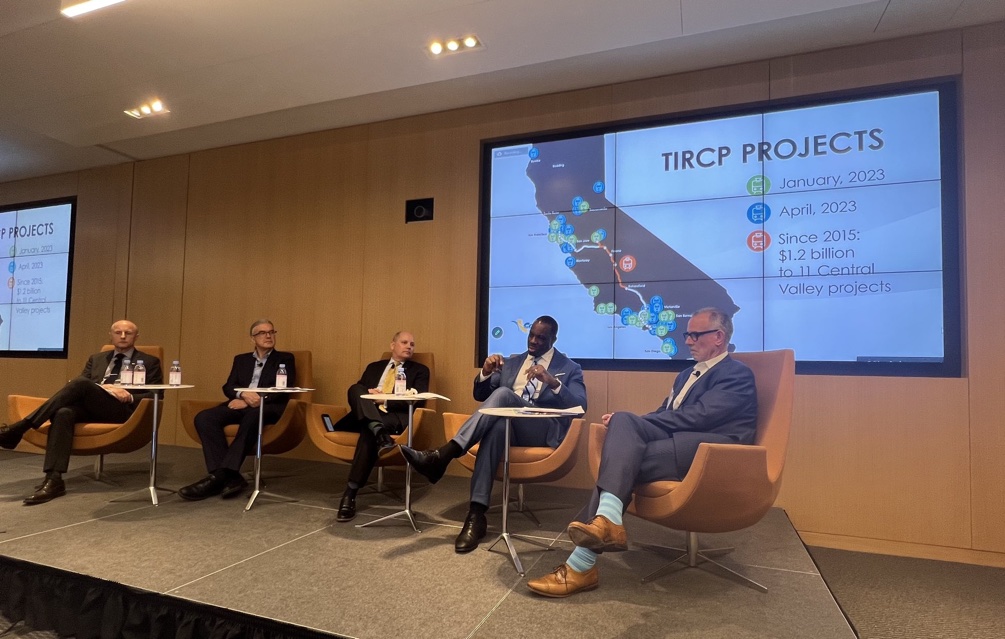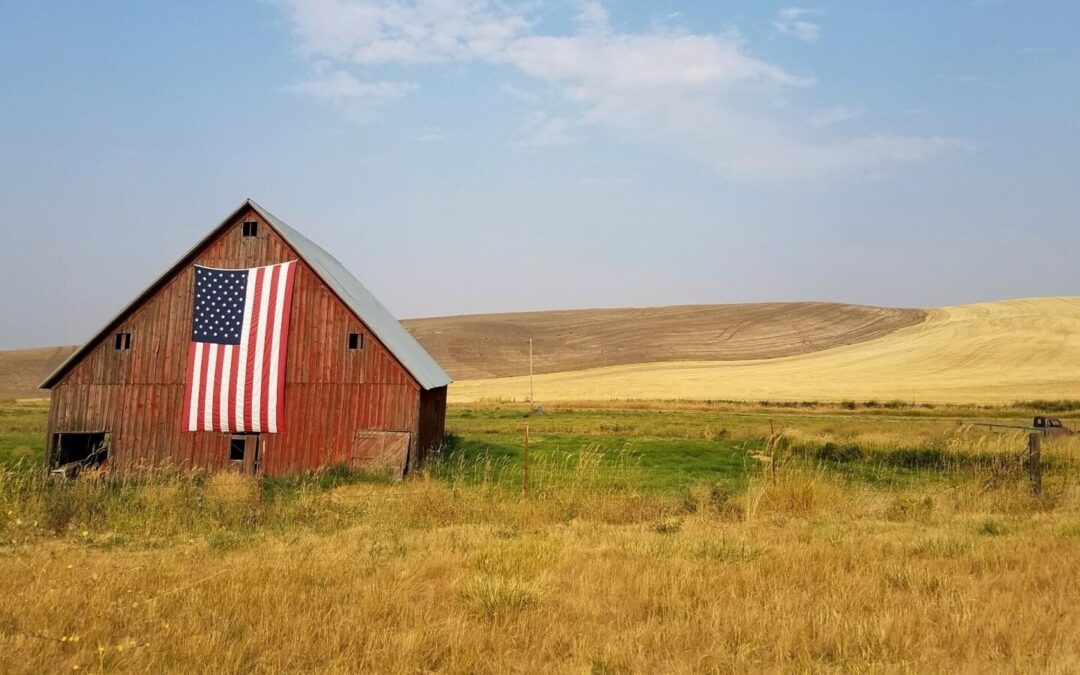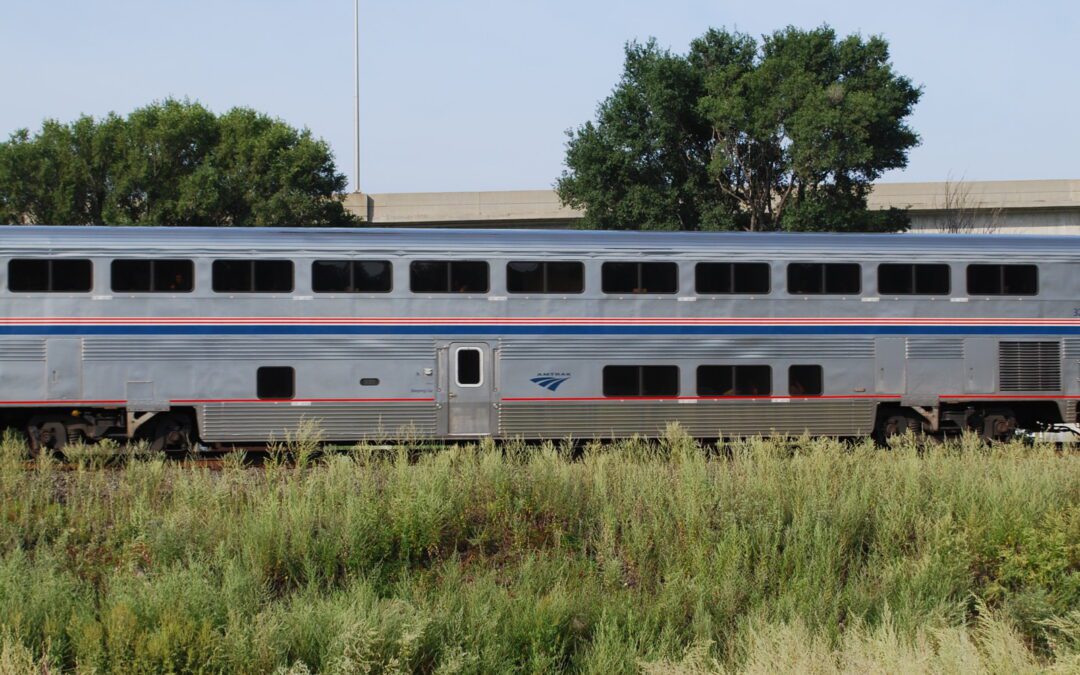How High-Speed Rail Will Reduce Carbon Emissions Getting serious about climate change means getting serious about building great trains. Join Us The best way to cut carbon emissions while expanding our freedom to move Take a look at the numbers below from...
Three things stood out at the US High Speed Rail Association’s conference in Washington, D.C. this week, where I took part in a panel on building integrated rail networks. (picture on the right)
First, two Biden Administration officials emphasized that the president is committed to bringing true high-speed rail to the U.S.
Second, Brightline made a strong case that it can deliver true high-speed rail service (with trains running at 186+ mph) between Las Vegas and suburban Los Angeles in time for the 2028 L.A. Olympics. If so, the line will be game-changing on many levels. People will be able to easily attend events in both cities on the same day.
The trip will take a little over two hours—or half the normal driving time. And Metrolink, the LA area passenger railroad, is working with Brightline to coordinate train times and offer joint ticketing. The station in Rancho Cucamonga is designed to make transfers quick and easy, meaning passengers will have convenient connections to all of the LA Basin, not just downtown.
Construction on the Brightline West line is slated to begin later this year. A successful launch in 2028 will be a big boost to California’s HSR project, now under construction. And it will give momentum to other HSR projects in the planning stages around the country, since the Olympics will put a high-profile spotlight on the first true high-speed line in North America.
So, this is the moment of truth. The 2021 Bipartisan Infrastructure Act allocated $12 billion in funding for passenger rail projects outside the Northeast Corridor and Brightline has applied for a $3.75 billion grant. That award would help ensure that the line is up and running in time for 2028 Olympics. Let’s hope it happens.
Third, Rep. Seth Moulton (D-MA) continues to be the leading champion for HSR in Congress, not just as an advocate for more funding but as a champion for a national HSR network and big-picture planning broadly. (He released a plan for HSR in May 2020; watch the Alliance’s webinar with him here.) At the conference this week, Moulton made the important point that plans to connect Boston to western Massachusetts with high-speed trains should be part of a bigger, bolder plan to connect Boston with Chicago.
Plans for more conventional Amtrak service between Boston and western Massachusetts have been in the works for many years, and there has been real progress toward that goal in the last year: Both the outgoing (Republican) governor and the new (Democratic) governor included money for additional, upgraded service in their budget proposals. It’s still uncertain if and when it will happen, but the project is now more than just an idea that’s being studied and discussed. MassDOT, Amtrak, and the freight railroad CSX have applied for $108 million in federal funding to add two daily round-trips between Boston and western Massachusetts. (The Lake Shore Limited line, from Boston to Chicago, currently runs that route once daily.) The state’s new governor, Maura Healey, has included $12.5 million for the program in her FY 2024 budget proposal, and says she wants the service to launch “as soon as possible.”
Moulton has pushed back on the proposal, however, calling it “nineteenth-century” thinking. The 90 miles between Boston and the state’s capital, Springfield, can be driven in about 90 minutes, depending on traffic. (It takes the Lake Shore Limited 3.5 hours.) Much of the line is very curvy, meaning passenger-train speeds are limited to 60 mph. Moulton noted that people won’t use the new train service “unless it’s faster than driving” and wants the state to build dedicated high-speed tracks for the line. The cost would be a hard sell for a single state—but, as Moulton pointed out, the cost/benefit calculus changes if the high-speed line runs from Boston to Chicago. Cities like Buffalo, Erie, and Cleveland would benefit immensely—and New York, Ohio, Pennsylvania, Illinois, and Indiana would have strong incentives to partner with Massachusetts on the project. Boston—already a major tech and tourism hub—would be just a quick, convenient train ride away from much of the Midwest. And every city and town along the entire line would be much more tightly connected.
That’s the benefit of Moulton’s big-picture thinking: It shows that the value of trains increases dramatically with not only speed and frequency but with the size of the network. And, as the Alliance has long argued, that’s why few things would do more to advance high speed rail in the U.S. than a Federal Railroad Administration plan for a national passenger-rail network. When you take a big-picture network view, high-speed rail is about much more than just two endpoint cities. It’s about the value added for all the towns and cities in between. It could—and should—be about adding value for everyone.
The Latest from HSRA
Our Latest Blog Posts
Check out the latest news, updates, and high speed rail insights from our blog!





